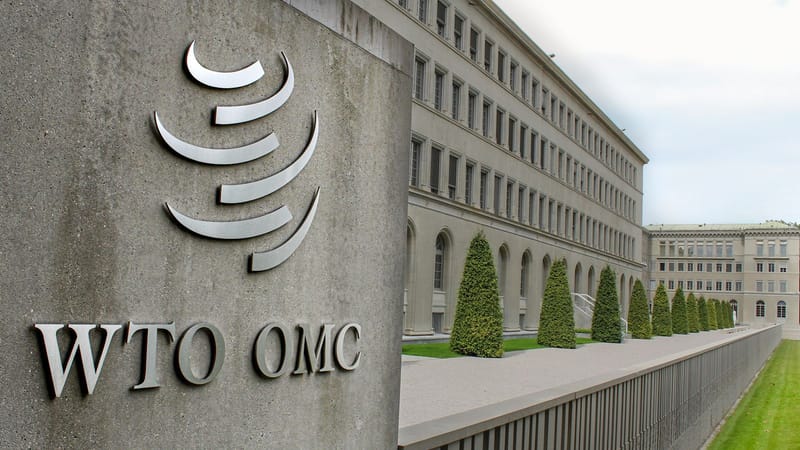Malaysia Emerges as a Tech Hub Amid Global Shifts
Malaysia is becoming a focal point for global technology giants, with substantial investments pouring in
In a remarkable surge of industrial activity, Malaysia is becoming a focal point for global technology giants, with substantial investments pouring in from companies like Intel, Infineon, Nvidia, and Texas Instruments. This influx of capital and interest is positioning Malaysia as a potential global hub for semiconductor manufacturing and other high-tech industries.
Major Investments and Ambitions
Intel and Infineon are each investing $7 billion in Malaysia, while Nvidia is set to build a $4.3 billion AI data center. Texas Instruments has allocated $3.1 billion for two new semiconductor assembly facilities. These investments are just the beginning, with additional capital coming from European companies like Bosch and AT&S, and Asian giants like Ericsson, Simtech, and numerous state-backed Chinese manufacturers.
The Malaysian government is leveraging this momentum to advance its ambition of becoming a high-tech economy, akin to Japan, Taiwan, or South Korea. However, achieving this status is fraught with challenges, both internal and external.
Economic and Political Challenges
One of Malaysia's significant hurdles is navigating the geopolitical tension between the United States and China. Situated in a strategic location, Malaysia is caught in the crossfire of the trade war between these two superpowers. The government needs at least $107 billion in investments to establish itself as a global semiconductor hub, or risk being overshadowed by regional and global conflicts.
Additionally, Malaysia faces internal challenges, such as a high brain drain rate and a labor shortage of approximately 1.2 million workers, half of whom are in engineering and manufacturing. The government plans to train an additional 60,000 local semiconductor engineers, but with Malaysian engineers earning just 90% of the median national wage, retaining talent is difficult.
Historical Context and Future Prospects
Malaysia's journey towards industrialization dates back to the 1970s with the New Economic Policy, which aimed to redistribute wealth and transition from raw material exports to manufacturing. Despite initial success, a lack of investment in research and development and the resulting brain drain hindered long-term growth. The 1997 Asian financial crisis further entrenched Malaysia in the middle-income trap.
However, the revival of Penang as an industrial hub presents a beacon of hope. Once a post-colonial backwater, Penang transformed into a significant semiconductor exporter, housing over 350 multinational corporations. The new industrial master plan for 2030 aims to replicate this success on a national scale.
Competitive Landscape
Malaysia's ambitions are not without competition. Singapore, Thailand, and Vietnam are also vying to become leading semiconductor hubs, each offering unique advantages. Singapore, for example, has attracted significant investments from Global Foundries and Applied Materials, thanks to its stable governance and higher wages.
To compete, Malaysia must address its political instability, which has seen four different prime ministers in as many years, and improve its infrastructure and workforce conditions.
Geopolitical Balancing Act
Geopolitically, Malaysia must carefully balance its relationships with both the United States and China. The U.S. is wary of Malaysia's cooperation with Chinese firms, and any missteps could lead to sanctions that would cripple the nascent semiconductor boom. Conversely, China's substantial trade with Malaysia, especially in critical materials for semiconductor production, makes it an indispensable partner.
Conclusion
Malaysia's future as a global tech hub hinges on its ability to navigate these complex challenges. The government is betting big on high-tech industries, but the path to prosperity is fraught with risks. Success will require careful balancing of geopolitical interests, substantial investment in local talent, and strategic economic planning.
For Malaysia, the stakes are high: go big or go under. The world watches as this Southeast Asian nation strives to ascend the global value chain and carve out its place as a leader in the technology sector.






